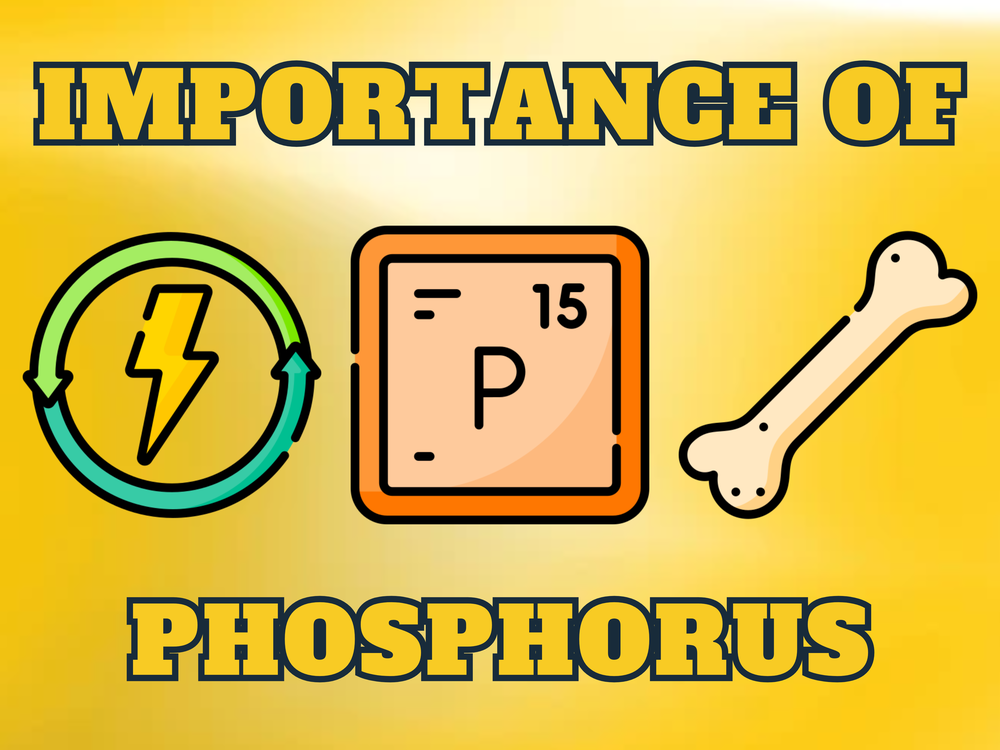
Introduction
Phosphorus (P) is an essential micronutrient that the majority of people either haven't heard of or don't know it's function. It is not produced in the body, and thus it must be consumed; however, it's not required to be on a nutrition facts label, so phosphorus generally flies under the radar. Despite this, it is still important to consume, as optimal levels of phosphorus can have many positive health benefits.
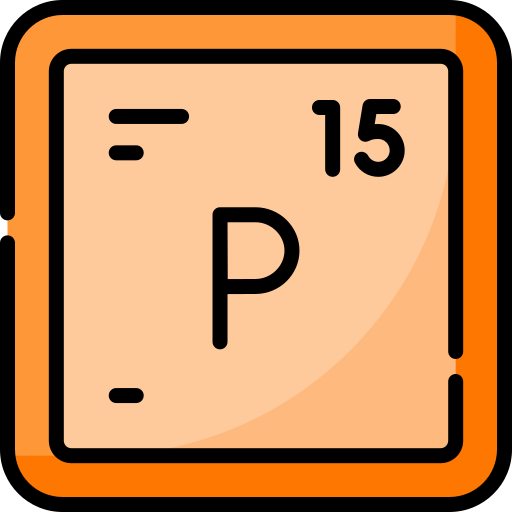
High Phosphorus Foods

Role of Phosphorus
After calcium, phosphorus is the most abundant mineral in the body, making up about 1-1.4% of fat-free mass. Along with calcium, phosphorus is an important building block for bones and teeth, as well as DNA (Deoxyribonucleic Acid) and RNA (Ribonucleic acid). Like with calcium, phosphorus is regulated by vitamin D and paraphyroid hormone (PTH). Moreover, phosphorus is involved in the production of ATP, or Adenosine Triphosphate. ATP is the body's main energy source, and also assists in maintaining pH balance, storing energy, and activating enzymes.
The majority of phosphorus in the body is found in the bones and teeth, at about 85%, found in the form "calcium phosphate". As the name would suggest, calcium phosphare is made up of calcium and phosphorus. The remaining 15% is found in blood and soft tissues. While important to consume, many foods contain phosphorus, and thus the rate of deficiency is low, as about 98% of healthy adults meet the RDA for phosphorus. However, the phosphorus found in nuts, seeds, grains, and beans is bound to phytic acid, which makes it harder to absorb, as human intestines lack the phytase enzyme needed to break down phosphorus into its more usable form. Additionally, calcium can also partially inhibit phosphorus absorption.

Benefits of Phosphorus
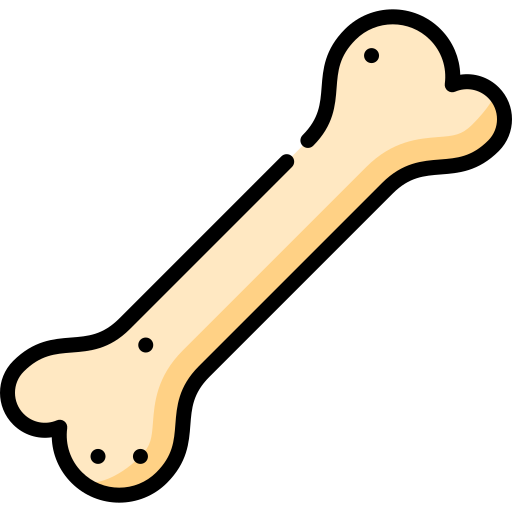
Symptoms and Causes of Low Phosphorus (Hypophosphatemia)
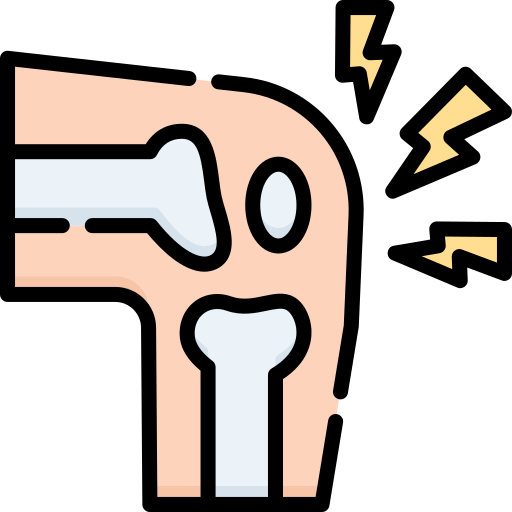
Symptoms and Causes of High Phosphorus (Hyperphosphatemia)
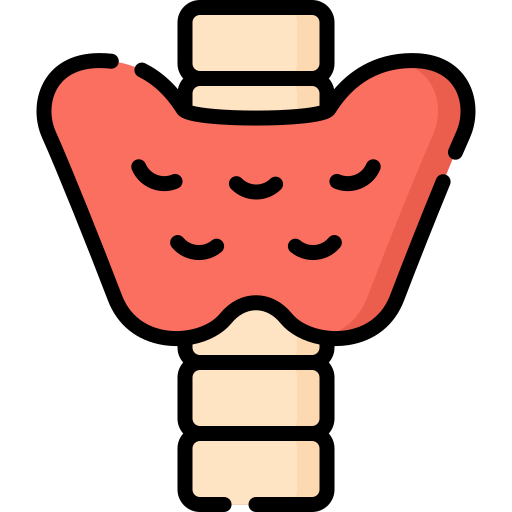
On Food and Supplementation
As many foods contain phosphorus, and as deficiency rates are quite rate, it is not generally recommended to take a phosphorus supplement without recommended by your health practitioner. Compared to calcium, meeting the RDA (or more) of phosphorus through food alone is a much easier task. Additionally, some multivitamins contain phosphorus as well, though the one I take does not. Phosphorus supplements are usually found in the form of phosphate salts (dipotassium phosphate or disodium phosphate) or phospholipids (phosphatidylcholine or phosphatidylserine), and the upper daily limit for phosphorus is about 4,000 mg.

Daily Consumption

Foods High In Phosphorus
Meat (raw)

Fish and Seafood (Raw unless specified)

Beans (dried)

Nuts
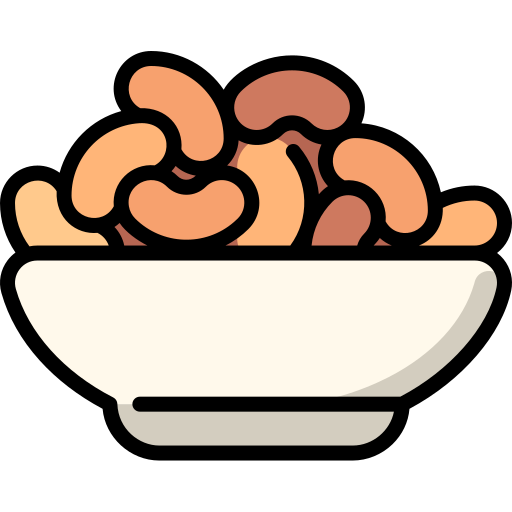
Seeds

Grains (Raw)

Dairy

Best Sources of Phosphorus
Per serving: Hemp Seeds - 462 mg (1 oz, 28 g)
Per 100 g: Hemp Seeds - 1,650 mg
Per 100 cal: Cuttlefish - 490 mg

Wrapping it Up
Phosphorus might not get as much attention as calcium, but it’s just as essential for building strong bones and teeth. In fact, about 85% of the phosphorus in your body is found in your skeleton. While it's present in meat and dairy, you can also find it in plant foods like lentils, seeds, and nuts. Phosphorus helps your body create ATP, the molecule your cells use for energy. It also supports the repair of cells and tissues. The recommended daily intake is around 700 mg, regardless of gender. A deficiency (though rare) may cause weak muscles, bone pain, fatigue, and irregular breathing.
Benefits
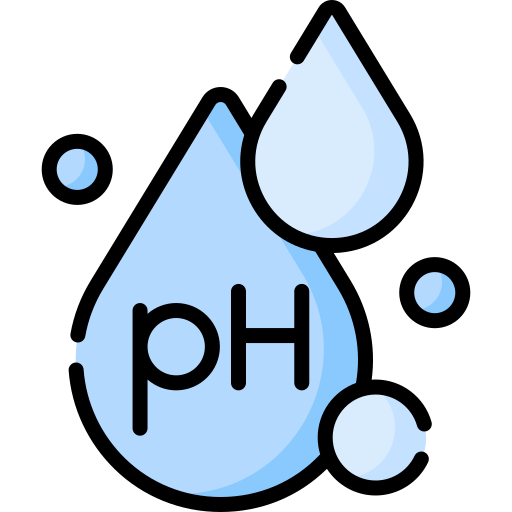
Sources
This post may contain affiliate links
Phosphorus (P) is an essential micronutrient that the majority of people either haven't heard of or don't know it's function. It is not produced in the body, and thus it must be consumed; however, it's not required to be on a nutrition facts label, so phosphorus generally flies under the radar. Despite this, it is still important to consume, as optimal levels of phosphorus can have many positive health benefits.

High Phosphorus Foods

Role of Phosphorus
After calcium, phosphorus is the most abundant mineral in the body, making up about 1-1.4% of fat-free mass. Along with calcium, phosphorus is an important building block for bones and teeth, as well as DNA (Deoxyribonucleic Acid) and RNA (Ribonucleic acid). Like with calcium, phosphorus is regulated by vitamin D and paraphyroid hormone (PTH). Moreover, phosphorus is involved in the production of ATP, or Adenosine Triphosphate. ATP is the body's main energy source, and also assists in maintaining pH balance, storing energy, and activating enzymes.
The majority of phosphorus in the body is found in the bones and teeth, at about 85%, found in the form "calcium phosphate". As the name would suggest, calcium phosphare is made up of calcium and phosphorus. The remaining 15% is found in blood and soft tissues. While important to consume, many foods contain phosphorus, and thus the rate of deficiency is low, as about 98% of healthy adults meet the RDA for phosphorus. However, the phosphorus found in nuts, seeds, grains, and beans is bound to phytic acid, which makes it harder to absorb, as human intestines lack the phytase enzyme needed to break down phosphorus into its more usable form. Additionally, calcium can also partially inhibit phosphorus absorption.

Benefits of Phosphorus
- Maintain strong and healthy bones
- Assist in making ATP (energy)
- Assist in muscle movement and contractions
- Build strong teeth
- Mangage storage and usage of energy
- Filter out kidney waste
- Grow, maintain, and repair cells and tissue
- Produce DNA and RNA
- Balance of micronutrients, such as B vitamins, vitamin D, iodine, magnesium, and zinc
- Maintain regular heartbeat
- Regulate gene transcription
- Maintain normal pH in extracellular fluid and intracellular energy storage
- Activate enzymes
- Optimal nerve signaling
- Metabolism of carbs and fats
- Regulate apoptosis, or natural and controlled cell death

Symptoms and Causes of Low Phosphorus (Hypophosphatemia)
- Medications such as insulin, corticosteroids, or antacids
- Diabetes
- Alcohol use disorder (AUD)
- Anorexia or starvation
- Various genetic disorders
- Joint or bone pain
- Loss of appetite
- Irritability or anxiety
- Fatigue
- Poor bone development in children
- Anemia
- Proximal muscle weakness
- Bone pain, rickets, and osteomalacia
- Kidney tuble defects
- Diabetic ketoacidosis
- Chronic soda consumption
- Confusion
- Increased infection susceptibility
- Trouble breathing
- Changes in body weight

Symptoms and Causes of High Phosphorus (Hyperphosphatemia)
- Oversupplementation of phosphorus
- Chronic Kidney Disease (CKD)
- Overuse of phosphorus-containing laxatives or enemas
- Vitamin D intoxication
- Hypoparathyroidism
- Various genetic deficiencies
- Diarrhea
- Mineral deposits of calcium in the muscles
- Decreased ability to use calcium, iron, magnesium, and zinc

On Food and Supplementation
As many foods contain phosphorus, and as deficiency rates are quite rate, it is not generally recommended to take a phosphorus supplement without recommended by your health practitioner. Compared to calcium, meeting the RDA (or more) of phosphorus through food alone is a much easier task. Additionally, some multivitamins contain phosphorus as well, though the one I take does not. Phosphorus supplements are usually found in the form of phosphate salts (dipotassium phosphate or disodium phosphate) or phospholipids (phosphatidylcholine or phosphatidylserine), and the upper daily limit for phosphorus is about 4,000 mg.

Daily Consumption
- Recommended Dietary Allowances (RDAs)
- Birth - 6 months: 100 mg
- 7 - 12 months: 275 mg
- 1 - 3 years: 460 mg
- 4 - 8 years: 500 mg
- 9 - 18 years: 1,250 mg
- 19+ years: 700 mg
- Pregnant & Breastfeeding: 700 mg
- RDA is the same for male and female
- Average Daily Intake in Adults
- Men: 1,744 mg (249 % DV)
- Women: 1,301 mg (186 % DV)
- Absorption Rates
- ~40%: Plant based foods
- ~60%: Animal based foods
- ~70%: Phosphate salt supplementation
- Absorption rate of phospholipid supplementation is unknown
- Optimal blood levels: 2.5 - 4.5 mg/dL (0.81 - 1.45 mmol/L)

Foods High In Phosphorus
| Food | Serving Size | Phosphorus Per Serving |
Phosphorus Per 100 g |
Phosphorus Per 100 cal |
|---|---|---|---|---|
| Beef Liver | 4 oz (113 g) |
437 mg (35 %) |
387 mg (31 %) |
287 mg (23 %) |
| Chicken Breast (Boneless & Skinless) |
4 oz (113 g) |
241 mg (19 %) |
213 mg (17 %) |
177 mg (14 %) |
| Chicken Liver | 4 oz (113 g) |
336 mg (27 %) |
297 mg (24 %) |
249 mg (20 %) |
| Chicken Thighs (Boneless & Skinless) |
4 oz (113 g) |
209 mg (17 %) |
185 mg (15 %) |
153 mg (12 %) |
| Ground Beef (93% Lean) |
4 oz (113 g) |
217 mg (17 %) |
192 mg (15 %) |
126 mg (10 %) |
| Ground Turkey (93% Lean) |
4 oz (113 g) |
218 mg (17 %) |
193 mg (15 %) |
129 mg (10 %) |
| Pork Liver | 4 oz (113 g) |
325 mg (26 %) |
288 mg (23 %) |
215 mg (17 %) |
| Pork Tenderloin | 4 oz (113 g) |
279 mg (23 %) |
247 mg (20 %) |
226 mg (18 %) |
| Venison | 4 oz (113 g) |
228 mg (18 %) |
202 mg (16 %) |
168 mg (13 %) |

Fish and Seafood (Raw unless specified)
| Food | Serving Size | Phosphorus Per Serving |
Phosphorus Per 100 g |
Phosphorus Per 100 cal |
|---|---|---|---|---|
| Clams (Canned) |
3 oz (85 g) |
158 mg (13 %) |
186 mg (15 %) |
172 mg (14 %) |
| Cod | 3 oz (85 g) |
173 mg (14 %) |
203 mg (16 %) |
248 mg (20 %) |
| Crab (Canned) |
3 oz (85 g) |
199 mg (16 %) |
234 mg (19 %) |
282 mg (23 %) |
| Cuttlefish | 3 oz (85 g) |
329 mg (26 %) |
387 mg (31 %) |
490 mg (39 %) |
| Haddock | 3 oz (85 g) |
193 mg (15 %) |
227 mg (18 %) |
307 mg (24 %) |
| Halibut | 3 oz (85 g) |
201 mg (16 %) |
236 mg (19 %) |
259 mg (21 %) |
| Herring | 3 oz (85 g) |
201 mg (16 %) |
236 mg (19 %) |
149 mg (12 %) |
| Lobster | 3 oz (85 g) |
137 mg (11 %) |
161 mg (13 %) |
209 mg (17 %) |
| Mackerel (Canned) |
3 oz (85 g) |
256 mg (20 %) |
301 mg (24 %) |
193 mg (15 %) |
| Mussels | 3 oz (85 g) |
167 mg (14 %) |
197 mg (16 %) |
229 mg (19 %) |
| Octopus | 3 oz (85 g) |
158 mg (13 %) |
186 mg (15 %) |
227 mg (18 %) |
| Salmon | 3 oz (85 g) |
170 mg (14 %) |
200 mg (16 %) |
141 mg (11 %) |
| Sardines (Canned) |
3 oz (85 g) |
417 mg (33 %) |
490 mg (39 %) |
236 mg (19 %) |
| Scallops | 3 oz (85 g) |
284 mg (23 %) |
334 mg (27 %) |
484 mg (39 %) |
| Shrimp | 3 oz (85 g) |
207 mg (17 %) |
244 mg (20 %) |
344 mg (28 %) |
| Squid | 3 oz (85 g) |
188 mg (15 %) |
221 mg (18 %) |
240 mg (20 %) |
| Tilapia | 3 oz (85 g) |
145 mg (12 %) |
170 mg (14 %) |
177 mg (15 %) |
| Tuna (Canned) |
4 oz (113 g) |
157 mg (12 %) |
139 mg (11 %) |
162 mg (13 %) |

Beans (dried)
| Food | Serving Size | Phosphorus Per Serving |
Phosphorus Per 100 g |
Phosphorus Per 100 cal |
|---|---|---|---|---|
| Black Beans | 1/4 cup (50 g) |
176 mg (14 %) |
352 mg (28 %) |
103 mg (8 %) |
| Chickpeas | 1/4 cup (50 g) |
126 mg (10 %) |
252 mg (20 %) |
67 mg (5 %) |
| Edamame (Frozen) |
3/4 cup (85 g) |
137 mg (11 %) |
161 mg (13 %) |
148 mg (12 %) |
| Green Lentils | 1/4 cup (50 g) |
141 mg (11 %) |
281 mg (22 %) |
80 mg (6 %) |
| Kidney Beans | 1/4 cup (50 g) |
203 mg (16 %) |
406 mg (32 %) |
121 mg (10 %) |
| Lima Beans | 1/4 cup (50 g) |
193 mg (16 %) |
385 mg (31 %) |
114 mg (9 %) |
| Navy Beans | 1/4 cup (50 g) |
204 mg (17 %) |
407 mg (33 %) |
121 mg (10 %) |
| Pinto Beans | 1/4 cup (50 g) |
206 mg (17 %) |
411 mg (33 %) |
118 mg (10 %) |
| Red Lentils | 1/4 cup (50 g) |
147 mg (12 %) |
294 mg (24 %) |
82 mg (7 %) |
| Soybeans | 1/4 cup (50 g) |
352 mg (28 %) |
704 mg (56 %) |
158 mg (13 %) |

Nuts
| Food | Serving Size | Phosphorus Per Serving |
Phosphorus Per 100 g |
Phosphorus Per 100 cal |
|---|---|---|---|---|
| Almonds | 1 oz (28 g) |
135 mg (11 %) |
481 mg (38 %) |
83 mg (7 %) |
| Brazil Nuts | 1 oz (28 g) |
203 mg (16 %) |
725 mg (58 %) |
110 mg (9 %) |
| Cashews | 1 oz (28 g) |
166 mg (13 %) |
593 mg (47 %) |
107 mg (9 %) |
| Pine Nuts | 1 oz (28 g) |
161 mg (13 %) |
575 mg (46 %) |
86 mg (7 %) |
| Pistachios | 1 oz (28 g) |
137 mg (11 %) |
490 mg (39 %) |
88 mg (7 %) |

Seeds
| Food | Serving Size | Phosphorus Per Serving |
Phosphorus Per 100 g |
Phosphorus Per 100 cal |
|---|---|---|---|---|
| Chia Seeds | 1 oz (28 g) |
241 mg (19 %) |
860 mg (69 %) |
178 mg (14 %) |
| Flax Seeds | 1 oz (28 g) |
180 mg (14 %) |
642 mg (51 %) |
121 mg (10 %) |
| Hemp Seeds | 1 oz (28 g) |
462 mg (37 %) |
1650 mg (132 %) |
299 mg (24 %) |
| Poppy Seeds | 1 oz (28 g) |
244 mg (20 %) |
870 mg (70 %) |
165 mg (13 %) |
| Pumpkin Seeds | 1 oz (28 g) |
345 mg (28 %) |
1233 mg (99 %) |
221 mg (18 %) |
| Sesame Seeds | 1 oz (28 g) |
176 mg (14 %) |
629 mg (50 %) |
110 mg (9 %) |
| Sunflower Seeds | 1 oz (28 g) |
185 mg (15 %) |
660 mg (53 %) |
113 mg (9 %) |

Grains (Raw)
| Food | Serving Size | Phosphorus Per Serving |
Phosphorus Per 100 g |
Phosphorus Per 100 cal |
|---|---|---|---|---|
| Amaranth | 1/4 cup (48 g) |
267 mg (22 %) |
557 mg (45 %) |
150 mg (12 %) |
| Brown Rice | 1/4 cup (46 g) |
143 mg (12 %) |
311 mg (25 %) |
85 mg (7 %) |
| Buckwheat | 1/4 cup (43 g) |
149 mg (12 %) |
347 mg (28 %) |
101 mg (8 %) |
| Millet | 1/4 cup (50 g) |
143 mg (12 %) |
285 mg (23 %) |
76 mg (6 %) |
| Oats | 1/2 cup (40 g) |
164 mg (13 %) |
410 mg (33 %) |
108 mg (9 %) |
| Popcorn | 3 tbsp (40 g) |
143 mg (12 %) |
357 mg (29 %) |
93 mg (8 %) |
| Quinoa | 1/4 cup (43 g) |
197 mg (16 %) |
457 mg (37 %) |
124 mg (10 %) |
| Rye | 1/4 cup (42 g) |
139 mg (11 %) |
332 mg (27 %) |
98 mg (8 %) |
| Wild Rice | 1/4 cup (40 g) |
173 mg (14 %) |
433 mg (35 %) |
121 mg (10 %) |

Dairy
| Food | Serving Size | Phosphorus Per Serving |
Phosphorus Per 100 g |
Phosphorus Per 100 cal |
|---|---|---|---|---|
| Cheddar Cheese | 1 oz (28 g) |
127 mg (10 %) |
455 mg (36 %) |
113 mg (9 %) |
| Cottage Cheese (Nonfat) |
1/2 cup (113 g) |
215 mg (17 %) |
190 mg (15 %) |
264 mg (21 %) |
| Greek Yogurt (Plain Nonfat) |
3/4 cup (170 g) |
230 mg (19 %) |
135 mg (11 %) |
229 mg (19 %) |
| Milk (Skim) |
1 cup (240 g) |
242 mg (19 %) |
101 mg (8 %) |
297 mg (24 %) |
| Mozzarella Cheese (Low Moisture Part-Skim) |
1 oz (28 g) |
150 mg (12 %) |
537 mg (43 %) |
177 mg (14 %) |
| Parmesan Cheese | 1 oz (28 g) |
178 mg (14 %) |
634 mg (51 %) |
148 mg (12 %) |
| Whey Protein Powder | 1 scoop (30 g) |
396 mg (32 %) |
1321 mg (106 %) |
336 mg (27 %) |

Per serving: Hemp Seeds - 462 mg (1 oz, 28 g)
Per 100 g: Hemp Seeds - 1,650 mg
Per 100 cal: Cuttlefish - 490 mg

Wrapping it Up
Phosphorus might not get as much attention as calcium, but it’s just as essential for building strong bones and teeth. In fact, about 85% of the phosphorus in your body is found in your skeleton. While it's present in meat and dairy, you can also find it in plant foods like lentils, seeds, and nuts. Phosphorus helps your body create ATP, the molecule your cells use for energy. It also supports the repair of cells and tissues. The recommended daily intake is around 700 mg, regardless of gender. A deficiency (though rare) may cause weak muscles, bone pain, fatigue, and irregular breathing.
Benefits
- Bone and teeth formation
- Energy production (via ATP)
- Cell and tissue repair
- Muscle contraction
- Nerve signaling
- Kidney function
- pH balance in the body

Sources